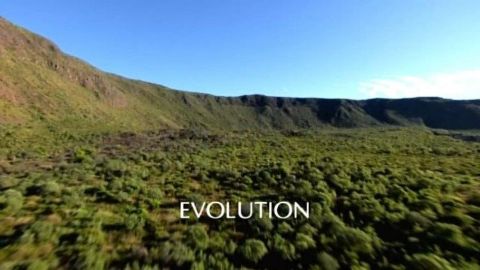Galapagos with David Attenborough • 2010 • 3 episodes • 2h:51m
Sir David Attenborough has captured a new species of pink iguana on film for the first time. In his new series about the Galapagos Islands, the veteran broadcaster was thrilled to come face to face with a creature missed by Charles Darwin. Now he will give viewers their first glimpse of the rare, pink iguana – which lives on top of a volcano “It’s a remarkable thing in this day and age when you think about the number of scientists per square metre in the Galapagos, and yet suddenly we have discovered a new species,” Sir David said. “A little periwinkle or something which nobody has identified before is one thing, but this is more than that. “You would have thought because these islands have been pretty well raked over by scientists for 150 years that the basics would be pretty well established, but that they should discover a new species of iguana is quite extraordinary. The new iguana will feature in the third episode of Galapagos
The islands of the Galapagos rose explosively from the ocean four million years ago. Although life would not seem viable in such a remote Pacific outpost, the first arrivals landed as the fires still burned. David Attenborough explores the islands for the animals and plants that descend from these pioneers: from the sea birds carrying the seeds that made a tentative foothold on these rocks, to equator-dwelling penguins and a dancing bird with blue feet. This is a story of treacherous journeys, life-forms that forged unlikely companionships, and surviving against all odds. It is the story of an evolutionary melting pot in which anything and everything is possible.
S1E1 • 2010 • Nature
Once life arrived in the Galapagos, it exploded into unique and spectacular forms. David Attenborough investigates the driving forces behind such evolutionary innovations. We learn that life must be able to adapt quickly in these ever-changing volcanic landscapes. It has resulted in species found nowhere else in the world, such as giant whale sharks and marine iguanas that can spit sea-salt from their noses, dandelion seeds that grow into tree-sized plants and spiders that can blend perfectly into the darkness. Adaptation has been the key to survival in these islands so far, but the story of life in the Galapagos doesn’t end here. The catalyst that triggers these explosions of life remains in place.
S1E2 • 2010 • Nature
No two islands in the Galapagos are the same. The imperceptible drift of a continental plate keeps each island biologically isolated. David Attenborough explores this evolutionary crucible, encountering tortoises that weigh up to half a tonne, finches that use tools and lizards that communicate using press-ups; for Darwin, this was all evidence for his theory of evolution. We see the final footage of the world famous tortoise fondly known as Lonesome George, the last survivor of his species. David Attenborough was the last person to have ever filmed with him. Darwin’s famous visit had a downside – the arrival of man. David investigates the impact we’ve had in these islands, as our influence is a double-edged sword. We’ve disrupted the natural balance but he also believes Darwin would be thrilled with the advances we have made in science. We’re also now uncovering evidence that evolution is more rapid than Darwin could ever have imagined. Whatever wonders the Galapagos Islands hold today, they are only a hint of what awaits them in the future.
S1E3 • 2010 • Nature


